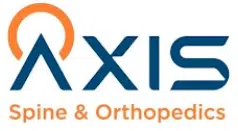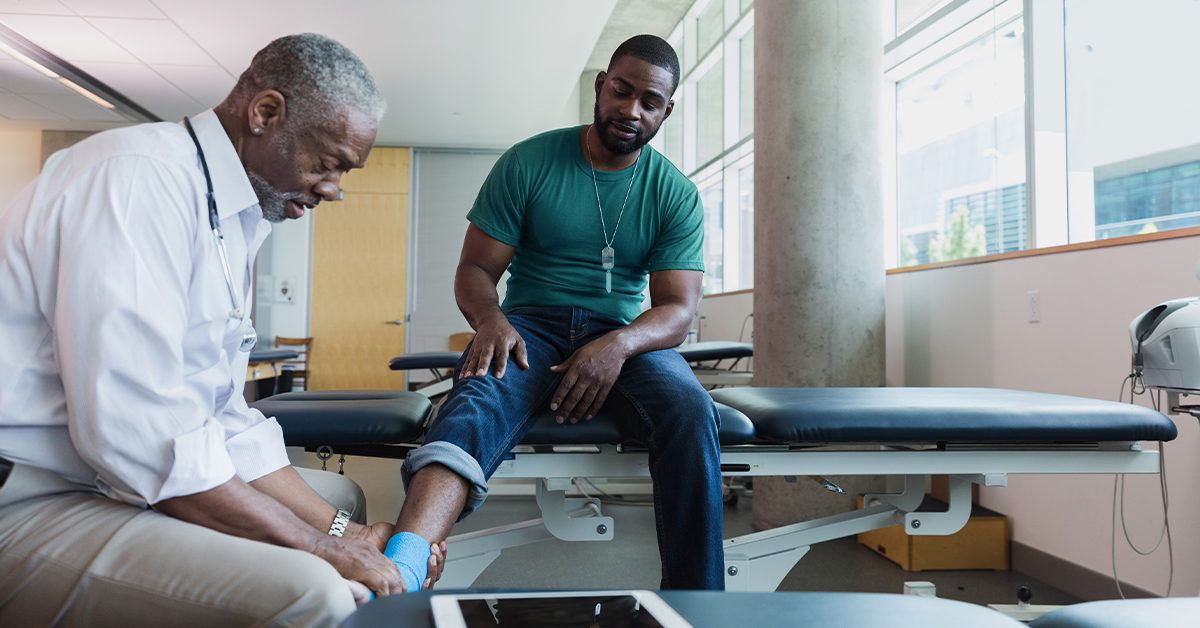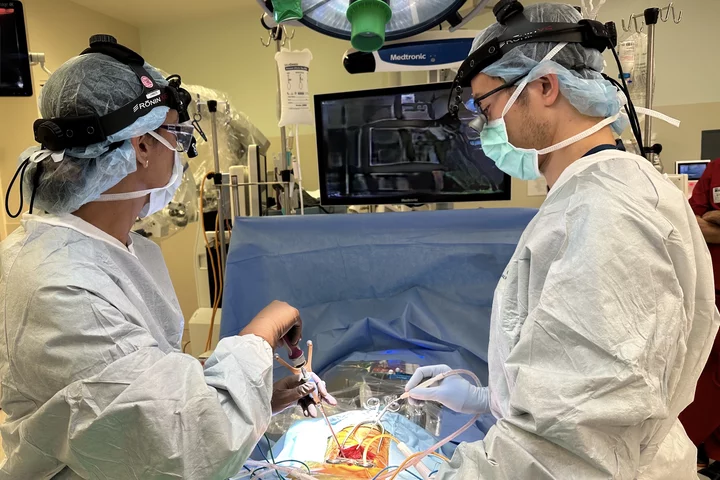Everything about Axis Spine And Orthopedics
Everything about Axis Spine And Orthopedics
Blog Article
The Best Strategy To Use For Axis Spine And Orthopedics
Table of ContentsThe Main Principles Of Axis Spine And Orthopedics Axis Spine And Orthopedics for DummiesSome Known Incorrect Statements About Axis Spine And Orthopedics Little Known Facts About Axis Spine And Orthopedics.
An orthopedic surgeon is a physician who specializes in dealing with problems of the bones, joints, and connective cells, and guaranteeing you maintain a healthy bone and joint system., we have actually extremely qualified orthopedic specialists that are qualified of dealing with patients of all ages. I got included in research study during my very first year of clinical institution, and I began making links with orthopedic specialists early on.
Go over the post-operative care strategy with your surgeon. Organize for transportation to and from the medical facility on the day of surgery.
Axis Spine And Orthopedics Can Be Fun For Anyone

Your medical professional will certainly supply lots of information regarding post-operative treatment, consisting of how to remain tidy and maintain the medical area clean. Following these pointers can prepare you literally and emotionally for your orthopedic surgical procedure. Remember to preserve a favorable expectation and trust your clinical group's proficiency, adding to a smoother recovery procedure.

Nobody anticipates you to understand anything, so don't attempt to memorize a bunch of arbitrary truths. Or else, joint discomfort can really mess up your life.
Typical conditions dealt with by orthopedic cosmetic surgeons are: Cracks and Bone Trauma: Broken bones and other injuries from mishaps or influences. Bone Cancer Cells: Growths in the bones. Orthopedic Injury: Severe injuries impacting bones, joints, or soft cells.
Sprains and Pressures: Injuries to ligaments and muscles. Tendinitis: Inflammation of the tendons. Orthopedic surgeons execute a variety of treatments to assist individuals with musculoskeletal problems. Usual examples are knee and hip substitutes. Joint Repair: Rebuilding a damaged joint to recover its feature. Bone Grafting: Taking bone from one component of the body and transplanting it to an additional location to fix and reconstruct harmed bones. Reconnecting Nerves: Fixing damaged nerves to restore movement and feeling. Spine Disk Substitute: Changing a harmed spinal disk with an artificial one to relieve discomfort and recover function. You'll need to take and pass the Medical College Admission Examination( MCAT). This standard examination analyzes your knowledge and abilities necessary for success in clinical school. Medical institution is an extreme

The 8-Minute Rule for Axis Spine And Orthopedics
Next, they complete an orthopedic residency. It's generally five years and offers hands-on learning in a clinical setup. Restricted motion because of pain. Rigidity. Consultations typically include: Reviewing your symptoms, clinical background and lifestyle. A physical test, consisting of relocating the influenced joint in details methods. Imaging studies, such as an X-ray. Description of your medical diagnosis.
Treatment suggestions. Some conditions need additional imaging, like a CT scan or MRI for more thorough views of the unpleasant area. Your orthopedist will certainly suggest treatments to lower signs up until you receive a medical diagnosis. Orthopedic surgeons specialize useful link in nonsurgical and surgical techniques. For particular sorts of orthopedic injury or congenital conditions, surgery is often the initial line of therapy. For a lot of other conditions, orthopedists attempt nonsurgical therapies. It might take even more than one kind of treatment to attain lasting relief. Picking the right is important for effective medical results and boosted client recovery. With a wide variety of options readily available in the marketplace, it can be frustrating for both cosmetic surgeons and patients to make a notified choice. The top five elements to think about when choosing an orthopedic implant are medical compatibility, cost-effectiveness, factors to consider for modification surgery, patient-specific factors, and the style and technology of the dental implant. They can be found in different forms, dimensions, and products, each offering a specific objective based upon the person's needs. Comprehending the fundamentals of orthopedic implants is vital before diving into the decision-making process. One of the leading factors to consider when picking an orthopedic dental implant is its compatibility with the surgery. Different implants are designed for different surgical methods and approaches. The orthopedic implant must be specifically developed to fit the person's makeup and make sure security during the healing procedure. Surgical compatibility entails variables such as dental implant dimension, shape, and material. The success of orthopedic procedures counts heavily on the correct option and placement of implants that work with the patient's anatomy and clinical background. By prioritizing patient safety and wellness, orthopedic doctors can achieve effective end results and provide the finest quality of like their patients. Cosmetic surgeons should very carefully consider the biomechanical buildings of the implant and exactly how it will incorporate with the individual's bone structure. This will certainly contribute to better medical end results, reduced complications, and shorter recovery time. When picking implants for an individual, it is important to consider a variety of patient-specific elements that can affect the success and result of the procedure. These variables incorporate the patient's age, bone high quality and quantity, dental wellness standing, case history, lifestyle routines, and visual choices. For older individuals with compromised bone thickness, shorter implants or grafting treatments might be advantageous to provide the necessary stability and assistance. 3. Is the dimension of the orthopedic implant an essential consideration? How does it impact the medical procedure and the client's healing? Yes, the size of the implant is important as it has to match the client's framework for appropriate fit and capability. 4. Can the person's age and lifestyle play a role in choosing one of the most ideal orthopedic implant? Definitely. Exactly how does the cost of an orthopedic dental implant factor right into the decision-making procedure, and exist means to balance top quality with affordability? The expense of the dental implant is a vital consideration, but it must not be the sole determining variable. Stabilizing high quality with price includes considering different implant choices 'long-term advantages and potential difficulties. Report this page